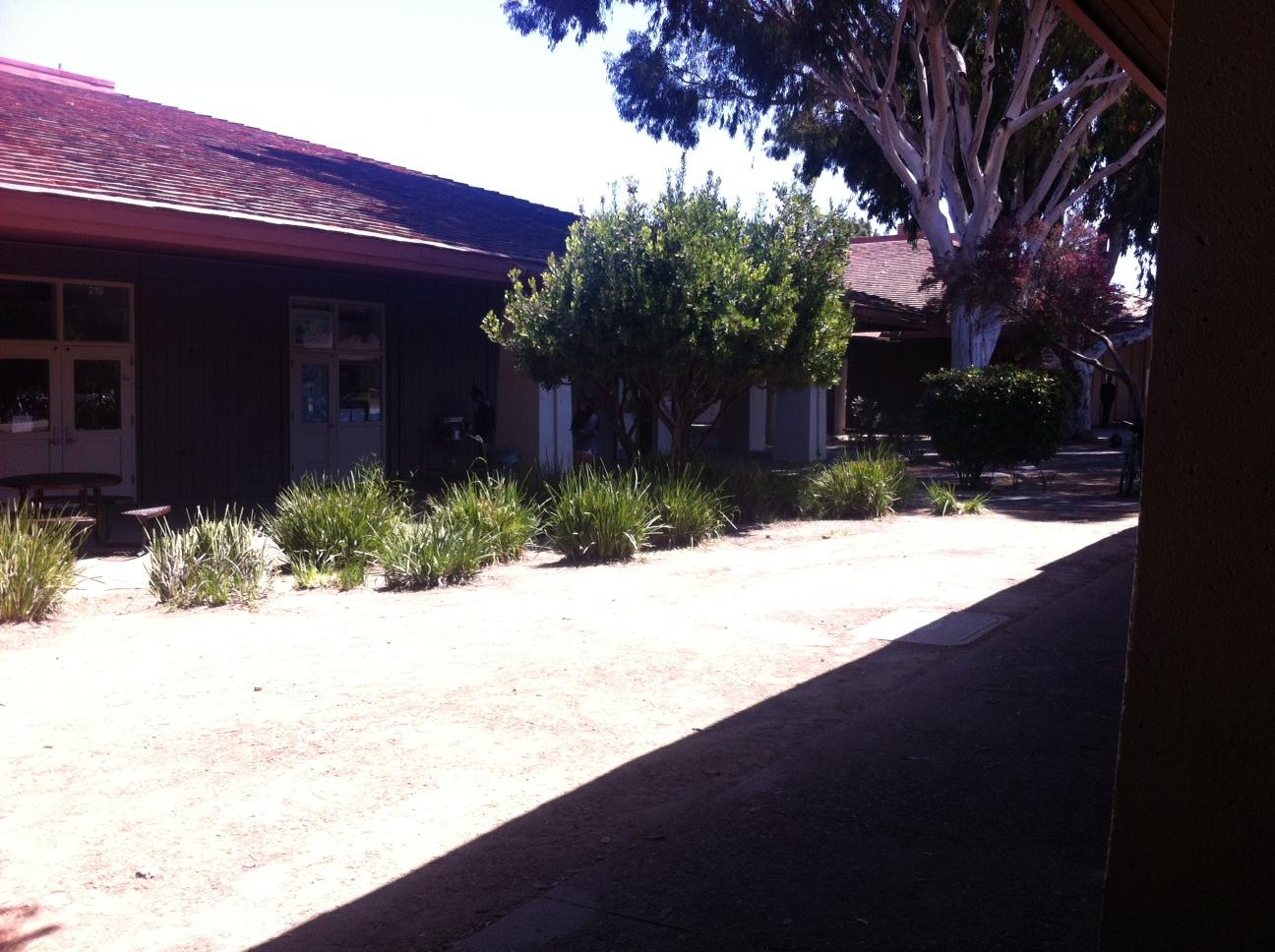
If you run into your English teacher in your math class, no, it’s not because Ms. X wants to brush up her algebra skills. In an effort to open up communication between students and teachers, School Climate Committee head Eric Bloom is working to assign teachers different students to shadow for an average school day, an effort that will continue throughout the semester.
According to Bloom, Principal Kim Diorio originally encouraged departmental Instructional Supervisors, as well as Western Association of Schools and Colleges focus group leaders, to participate in the shadowing program. However, once the idea was pitched, other teachers came to Bloom expressing interest as well.
Bloom’s job here is to pair teachers and students. Once a teacher comes to Bloom, he or she may request a grade level to shadow. From there, Bloom finds an appropriate student for the specific teacher, striving to find a range of course loads and extra curricular activities.
“What we’re really trying to get them to do is follow a real schedule,” Bloom said.
Bloom believes that by shadowing students, teachers will gain insight into the lives of high schoolers, a sentiment echoed by World History teacher and history department IS, Jacyln Edwards.
Edwards, who teaches freshmen, believes that her experience shadowing a student will directly impact her future teaching decisions.
“I already altered one of my assignments because I was a freshman so I followed a freshman schedule,” she said. “Many of the students I have I was also in their classes and I came to realize that they had some other things that were due this week. We all know that, but we never really know what and we don’t know when, we just know that it happens. I just saw that the students had quite a bit due this week so I changed my assignment, simple as that.”
After realizing exactly how heavy her students’ course-loads are, Edwards plans to use her new-found knowledge to change her teaching policies as a whole.
“[After this experience I will] maybe be more forthcoming, like, you know, hey if you have three tests on a Monday and I am one of those teachers giving you a test, come talk to me and we’ll figure out another time,” she said.
In the future, in addition to continuing on with teachers following students, Bloom hopes to experiment with both parents and students following teachers to further increase communication.
Edwards says she believes that this idea, if correctly executed, would be beneficial.
“I think it [students following teachers] is a good idea,” Edwards said. “The good thing about a teacher following a student or vice-versa is it really opens up communication.”


